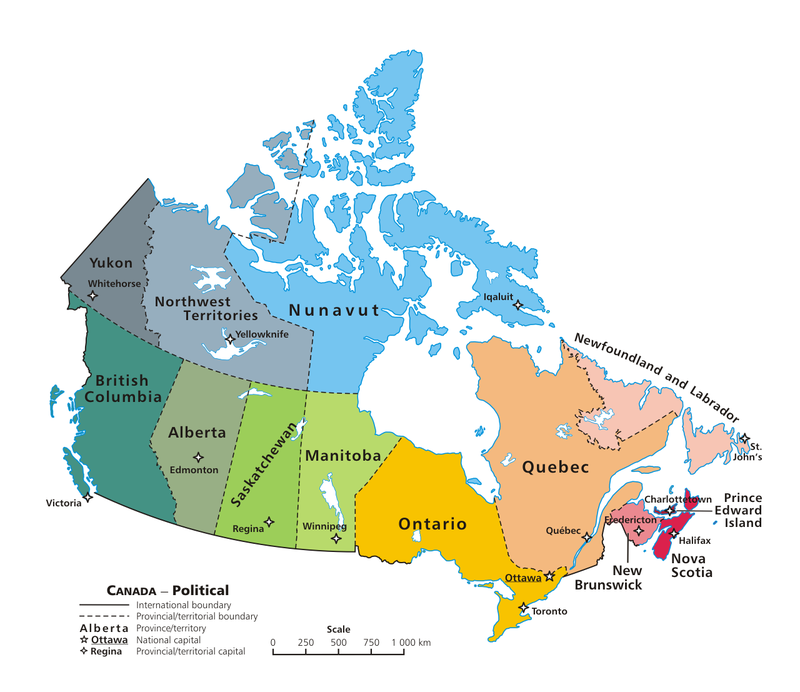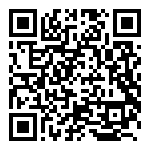Canada

Facts and numbers
Canada is a very big country. It's in the northern part of North America and with 9,984,670 km2 (fresh water areas are in this number) it is the second largest country in the word. Only Russia has a larger total area. Canada has over 2,000,000 lakes, more than any other country. Temperatures can be quite extreme in Canada. There are some areas where you have summer highs of up to 40 °C and in winter temperatures can get as low as -40°C in other areas. Canada has three coasts with the Pacific on the west, the Atlantic on the east and the Arctic ocean on the north.
In June 2015, 35.851.774 people lived in Canada's 10 provinces and 3 territories. To fly from the Atlantic coast in the east to the Pacific coast in the west you have to cross more than 5,000 kilometers. That's why there are 6 time zones, beginning with Newfoundland Standard Time in the east, going on with Atlantic Standard Time, Eastern Standard Time, Central Standard Time, Mountain Standard Time and ending with Pacific Standard Time. The capital of Ottawa is in the province of Ontario and Ontario is on Atlantic Standard Time. Atlantic Standard Time is UTC−4. So when it is 11 a.m. in Berlin, it's 6 a.m. in Ottawa. When Germans slowly get hungry and look at their watches to see how long they still have to wait for lunch, Canadians in Ottawa start getting out of bed.
People in Canada speak many different languages but there are only two official languages, English and French. In Canada people also pay for what they buy in Dollars. It's not the US Dollar because Canadians have the Canadian Dollar.
Every country has it TLD. German URLs end with .de, French with .fr and Canadian URLs end with .ca.
UTC means Coordinated Universal Time. It's 0 (zero) is the Meridian Line in Greenwich, London, GB. In Germany we are UTC+1 and when it's summer time it's UTC+2. So if you want to calculate the time difference you can simply count times zones. UT+1 to UTC is one time zone. UTC to UTC-4 is four time zones. Add 1 + 4 and you get a difference of 5 time zones.
https://www.tutory.de/entdecken/dokument/09199cc0
Look at the map and make a list of all provinces and territories and their capitals.
Example
Yukon - Whitehorse
Nunavut - ...
Northwest Territories - ...
British Columbia - ...
...

Fill in the table for Canada and the USA. The flags you can draw or describe. Use the text and Wikipedia (https://simple.wikipedia.orgwikiUnited_States = QR Code).
Canada | Germany | USA | |
|---|---|---|---|
population | 80,585,700 (2013) | ||
flag | 3 horizontal stripes, from top down: black, red, gold | ||
official languages | German | ||
number of political areas/units | 16 federal states | ||
number of time zones | 1 | ||
ocean/sea | North Sea and Baltic Sea on the north | ||
area | 357,021 km2 - 63rd largest country | ||
capital | Berlin | ||
TLD | .de |
Write two short texts about the USA and Germany. Use the text about Canada as an example.
Germany is not a very big country. It's only ... Countries next to Germany are ... In the north there are two ...
https://www.tutory.de/entdecken/dokument/09199cc0


